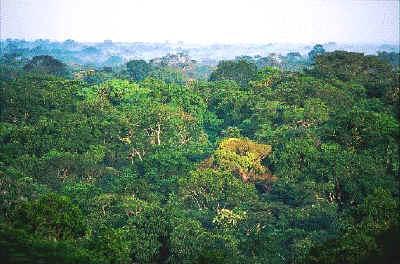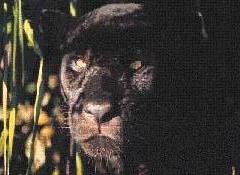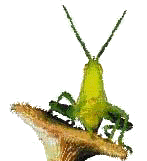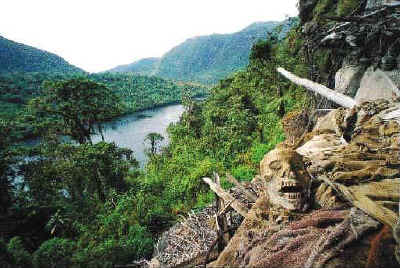
The Amazon constitutes the largest and most pristine mass of forest on the
planet.
Photographs by Heinz Plenge highlighting the biological and cultural
wealth of the Peruvian Amazon jungle region will be exhibited in North America and Europe.

Peru, The Rain Sanctuary is the title of the travelling
photographic exhibition which Heinz Plenge has been preparing for the last two years to be
exhibited in various North American and European cities. This project was made possible
thanks to the contributions of Promperu, Aeroperu, Concytec and especially Shell.
The exhibition, which outlines the bio-diversity of the Peruvian Amazon in 51
photographs, was inaugurated on June 18, in the Biodome of Montreal. It is estimated that
almost 500,000 people will be visiting the exhibition through September. Likewise, other
versions of Peru, The Rain Sanctuary, will be exhibited in England at the Royal Kew
Botanical Gardens and at the University of Kent.
Fragments of two letters attached to Heinz Plenge's work, which were written by a 12
year old child and the President of the Peruvian Confederation of Amazonian Peoples
(CONAP) respectively, are reproduced as follows:
To my Father:
Today is my 12th birthday. I remember when I was five and you left on your long journey
to the stars. You left us alone and now I am studying at the community school. Sometimes I
have cried when I remember you and the teacher tells me not to be sad, that you are well,
beside the good Ajutap [God, in Aguaruna (a native tribe of the rainforest) language] in
the sky; but mother told me that she heard you whistling in the fields like a sui-sui.
(...)

Photo: Heinz Plenge
The black jaguar, Panthera onca, rare and scarce.
When I feel like crying I come alone to the lagoon and sit under the shade of a tree.
It is here where I am writing this letter in my notebook. Do you know why? Because this is
the hiding place of two of my friends who are all alone, with no offspring or partner: one
is the pink dolphin the other is the manatee. I sometimes bathe with them and they like me
to stroke them. I like the heat of their soft, wet skin and because they are very playful;
they even make me laugh. The manatee's eyes shine with happiness when I let him swim in
circles around me.
Is it like this where you are? The dolphin likes to talk and sometimes I think that you
are him; but I am worried because I haven't seen them today. I hope they have not been
caught in some fishermen's nets; or been harpooned.
You would die once again. I don't want that to happen to you again. If you can see the
good Ajutap, from where you are, please ask him to guide your grown-ups, to understand,
care and respect this Sanctuary. This is true paradise here. Green paradise, living
paradise, native paradise, paradise of humanity.
Your daughter
Nuha Nuha
P.S. I spent all day at the lagoon and only the manatee came.

The Rain People
Nuha-Nuha is a child of my town. She, like many of us, goes to a school; and this year
watched television for the first time. Perhaps she saw an aeroplane before she ever saw a
car, because where she lives there are still no roads.
At twelve years old she finds herself at a cultural crossroads. At the threshold of the
new millennium, the impact of the encounter with the western world has still not
diminished in Peru. This relationship began in 1532 with the arrival of the Europeans, but
the confusion continues, at least for many natives like us, who live in remote areas of
the jungle.
()
Cesar Sarasara
Aguaruna Leader and President of the Peruvian Confederation of Amazonian Peoples
(CONAP)


Photo: Heinz Plenge
Lake of the Condors, Amazonas. From the mists of time we hear the story of this
ancient race, written in the natural and cultural heritage that they left behind.
![]()
![]()
![]() http://www.rumbosperu.com
http://www.rumbosperu.com